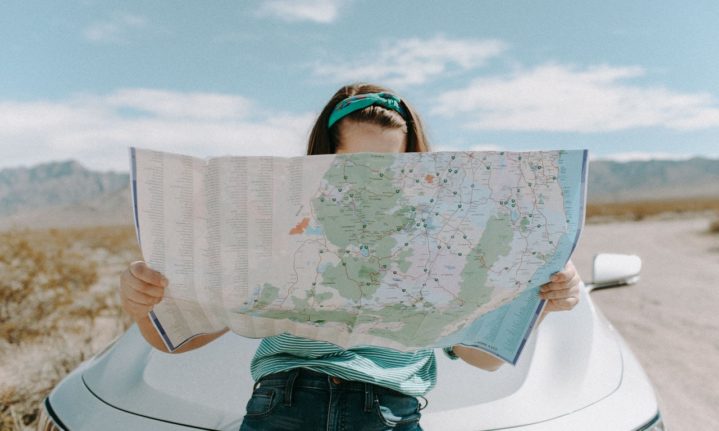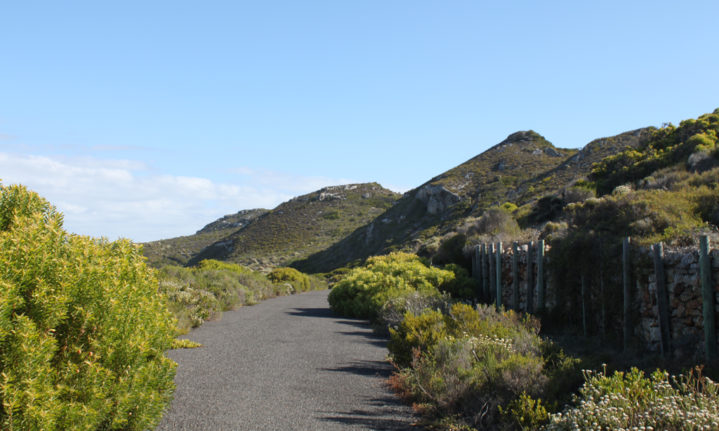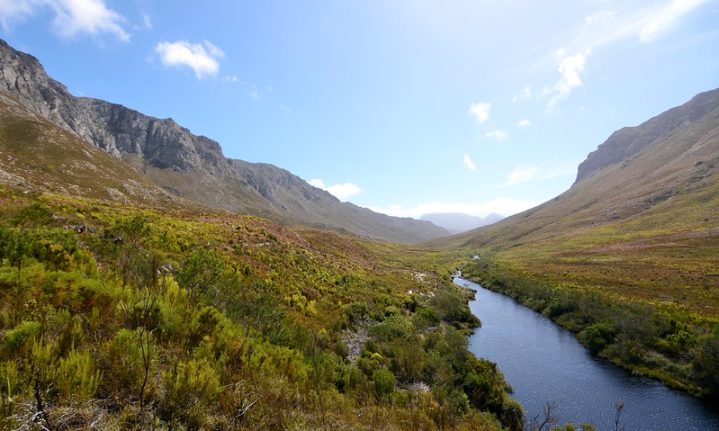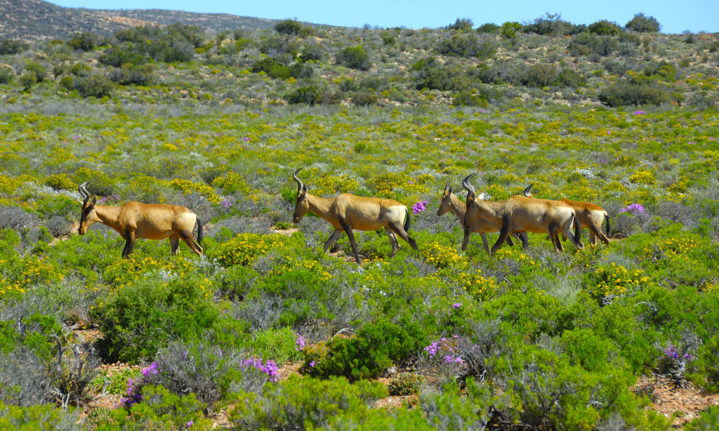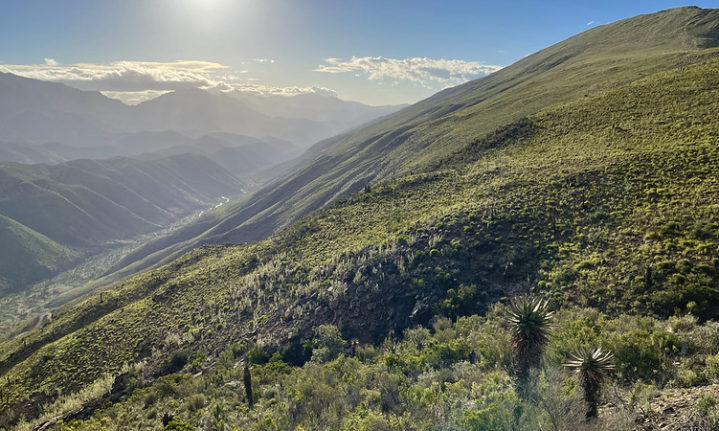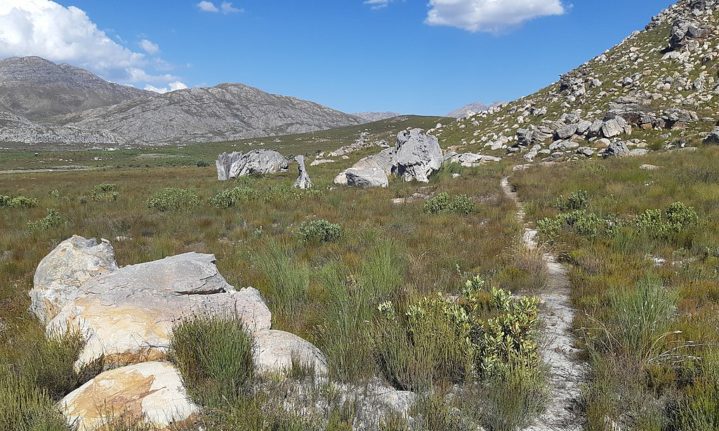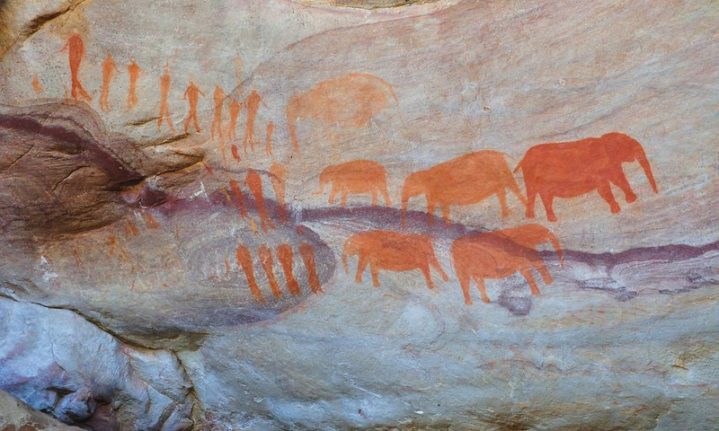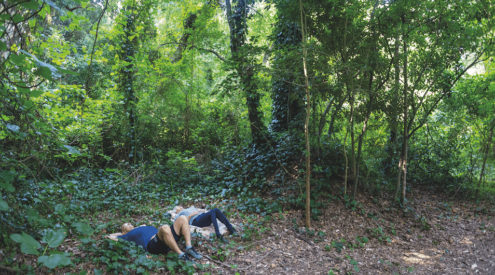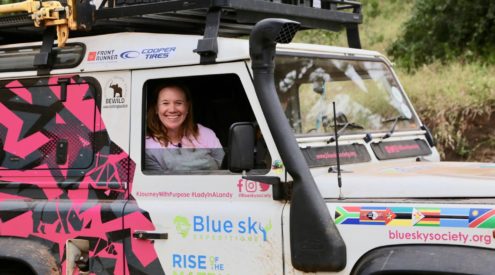South Africa is well known for its cultural diversity, big game, expansive topography and endless stretches of stunning landscapes. People from all over the world flock to South Africa to get postcard-worthy snapshots of scenic game drives and extraordinary plants that you’d be hard-pressed to find elsewhere.
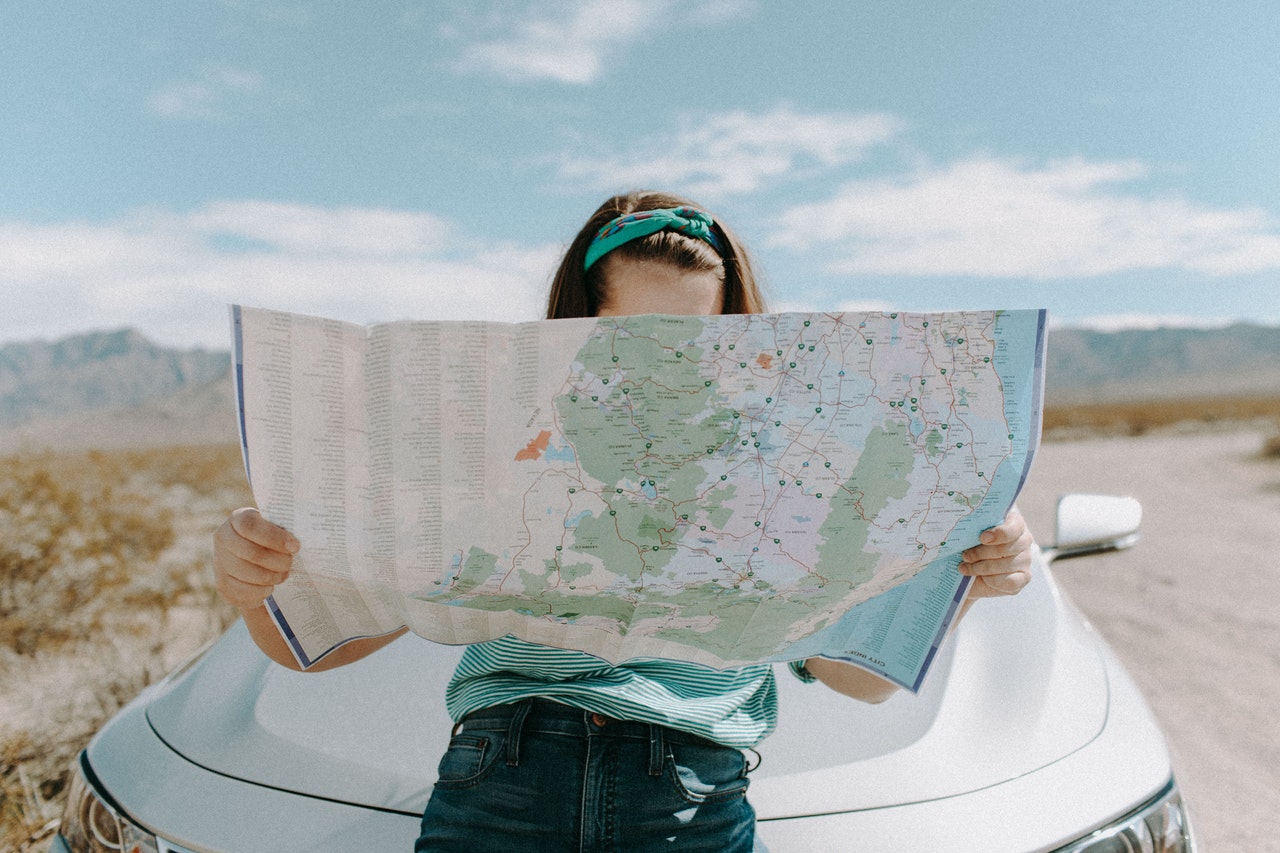
The Cape Floral Region – a global biodiversity hotspot – is recognised by the United Nations Educational, Scientific and Cultural Organization (Unesco) as a World Heritage Site, with 13 protected areas.
If we’ve piqued your interest and you’d like to see the magic for yourself, read on. This circular route starts and ends in Cape Town and visits seven nature reserves. So pack your bags and let’s hit the road…
1. Table Mountain National Park
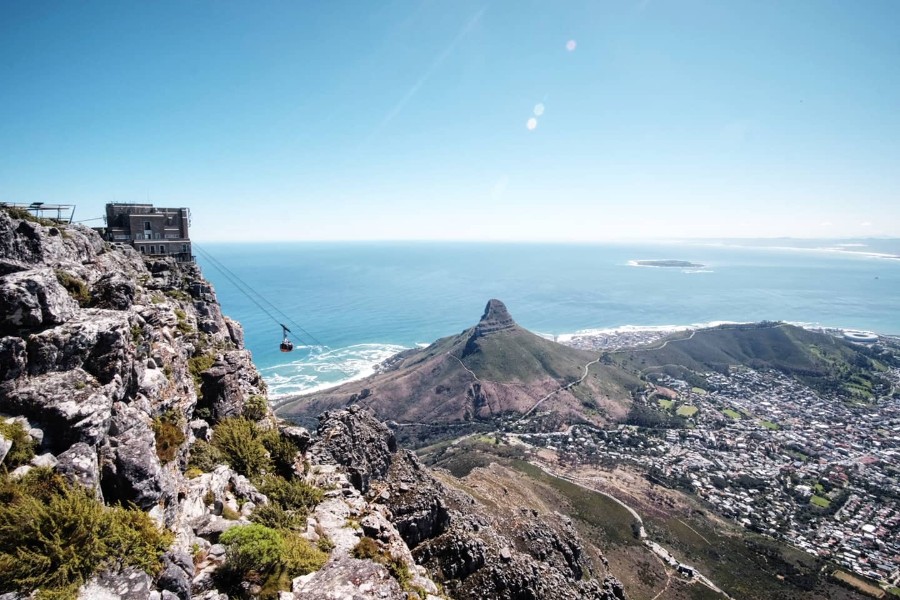
Picture: Getaway gallery
Table Mountain is one of South Africa’s most iconic and most photographed landmarks. Fynbos – vegetation that can’t be found anywhere else in the world – covers most of it.
Kirstenbosch National Botanical Garden sits in its shadow. If you’re lucky, you man spot caracals.
To do:
- Get a bird’s-eye view of the Mother City from the Cable Car.
- Hike to Maclear’s Beacon.
- Visit nearby Boulders Beach to view the colony of African penguins.
- Watch the sunset from Signal Hill.
- Explore the hiking trails.
2. Kogelberg Nature Reserve
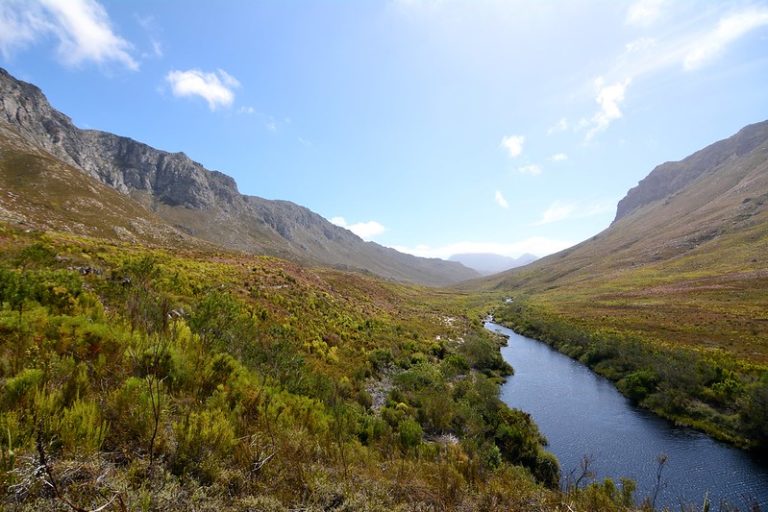
Palmiet River. Credit: galanhsnu/Flickr Commons
The Kogelberg Nature Reserve is considered the heart of the Cape Floral Region and has been largely untouched by human activities. As such, activities which adversely affect nature and wildlife are not permitted.
Home to the Kogelberg Sandstone Fynbos, this area also has many protea species as well as several wetlands.
Wildlife sightings are common and one of the hiking trails take you past pristine mountain pools and waterfalls.
To do:
- White-water raft on Palmiet River with Gravity Adventures.
- Take on a 22km stretch of mountain biking trail.
- Go birdwatching to spot any bird on this four page list.
3. Anysberg Nature Reserve
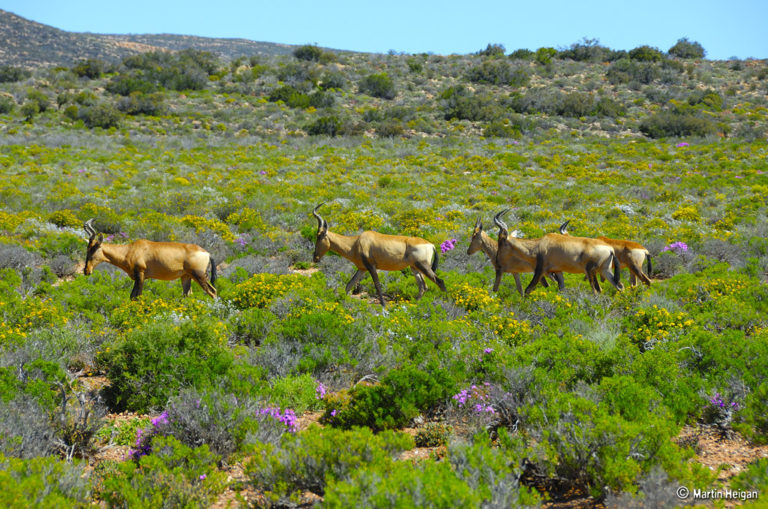
Credit: Martin Heigan/Flickr Commons
The Anysberg Nature Reserve sports a distinctive topography, with fynbos and Klein Karoo veld coating the steep and rolling hills, rivers and deep gorges.
It’s a popular spot for hikers and cyclists alike, who don’t need to stick to formal trails. Wildlife photographers will be delighted to know that there’s a chance of spotting oryx, steenbok, black-backed jackal and caracal – and that’s just the tip of the iceberg.
To do:
- Try your luck at spotting a leopard or the critically endangered riverine rabbit.
- View the San rock art.
- Take a guided hike or venture into the unknown by yourself.
- Come close (but not too close) to several snake species, such as the Cape Cobra.
4. Swartberg Nature Reserve

Road to Die Hel. Credit: Dr Alexey Yakovlev/Flickr Commons
The Swartberg Nature Reserve lies between the Great and Little Karoo, an area characterised by diametrically opposed weather conditions.
Summer days reach high temperatures of sweltering heat and in winter the expansive mountains are covered with a blanket of snow.
To do:
- Attempt to catch yourself a yellowfish.
- Take a scenic drive on the Swartberg Pass in a 4×4.
- Have a relaxing braai or picnic at one of the lookout points.
- Try to complete the four-day Donkey hiking trail.
5. Baviaanskloof Nature Reserve

Credit: Koos Jooste/Flickr Commons
The Baviaanskloof Nature Reserve is a popular adventure destination due to the more-or-less 200 square kilometres of unspoilt mountain terrain.
Those who are truly looking to escape the city and rough it in nature will feel right at home with the myriad outdoor activities, including mountain climbing.
To do:
- Take one of the many 4×4 trails.
- View the Bushman rock art.
- Take the six-day slackpack hiking trail.
6. Groot Winterhoek Nature Reserve

Credit: Discott/Wikimedia Commons
Groot Winterhoek lives up to its name; winters are freezing and wet. As with the other reserves on this list, the Groot Winterhoek area is vital for protecting the fynbos vegetation.
There is a rich history to explore, one that includes ancient rock paintings by the San and Khoi people, and a farm dating back to 1875.
To do:
- Mountain biking.
- Hiking. Hikers don’t need to stick to formal trails. The trails do not have route markers.
- Swim in the crystal clear mountain pools.
7. Matjiesrivier Nature Reserve
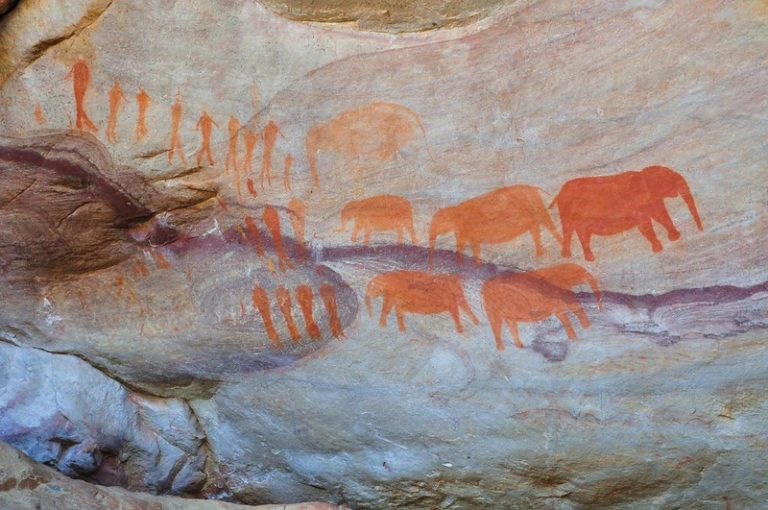
Credit: Mike Cilliers/Flickr Commons
The Matjiesrivier Nature Reserve is located in a transitionary area; where the succulent Karoo and the fynbos vegetation intersect, offering representations of both of South Africa’s global biodiversity hotspots.
To do:
- Challenge your rock climbing skills by climbing the Sandstone formations at Truitjieskraal.
- Take a deep dive into the history of the San and Khoi people by going to the Elephants Painting Site up Uitkyk Pass.
- Explore the Stadsaal cave.
Picture: Pexels
ALSO READ
The world in a city: 10 exquisite natural wonders around Cape Town









